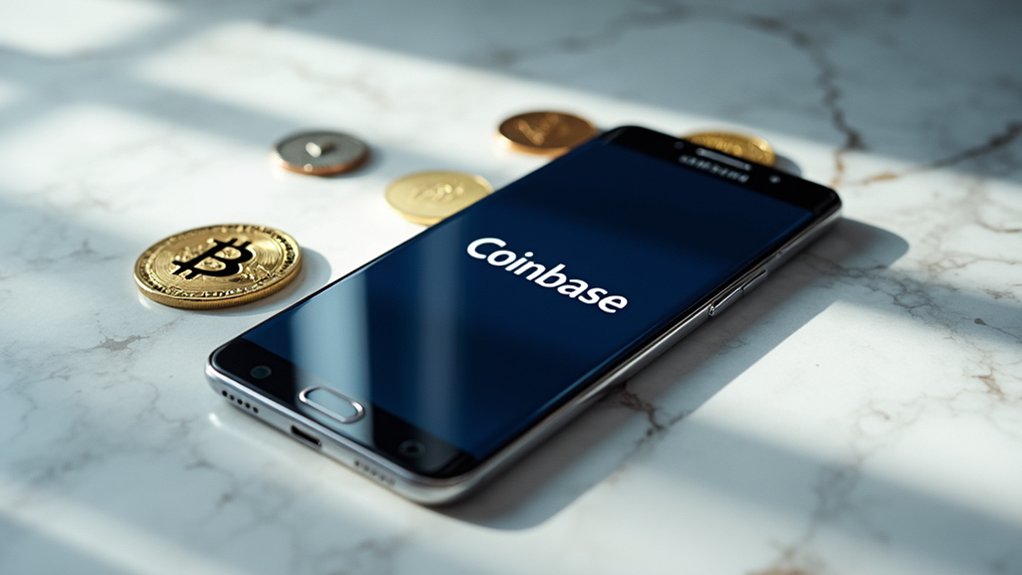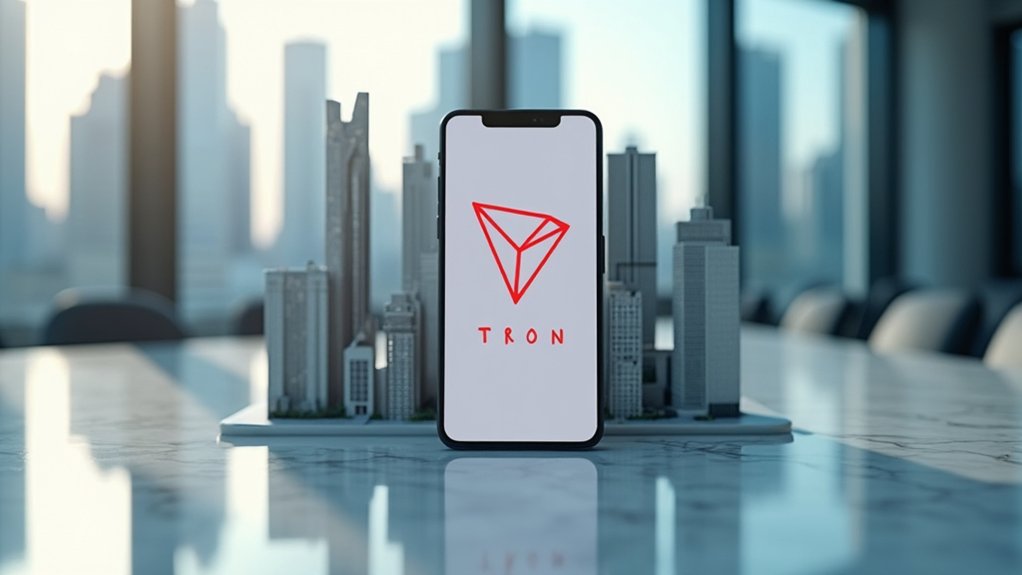While traditional banks have spent decades perfecting the art of charging fees for the privilege of accessing one’s own money, crypto cards have quietly begun conquering the decidedly unglamorous territory of micro-purchases—those €10-and-under transactions that represent nearly half of all crypto card activity in Europe. The irony is delicious: while legacy financial institutions obsess over high-value transactions and premium services, digital payment cards are systematically dismantling cash’s monopoly on coffee purchases and convenience store runs.
Europe witnessed a 15% surge in crypto card orders during 2025, driven mainly by tech-savvy younger demographics who apparently find the concept of waiting three business days for transaction confirmation as antiquated as using carrier pigeons. These users conduct approximately 40% of their transactions online—nearly double the 21% rate observed among traditional bank cardholders—suggesting that digital-native payment methods naturally gravitate toward digital-native commerce environments.
Tech-savvy Europeans are abandoning three-day transaction waits for crypto cards, conducting twice as many online purchases as traditional banking customers.
The transaction data reveals fascinating behavioral patterns. Crypto card users average €23.7 per transaction compared to €33.6 for traditional bank cards, indicating a preference for frequent, smaller purchases rather than consolidated spending. Groceries dominate at 59% of purchases (closely mirroring the 54% benchmark for conventional cardholders), while dining and bars account for 19%—figures that suggest crypto cards have transcended novelty status to become legitimate everyday transaction tools.
Perhaps most tellingly, crypto cards excel precisely where traditional banking infrastructure stumbles: the sub-€50 transaction space that banks have historically treated with barely concealed disdain. When processing a €5 coffee purchase requires the same institutional overhead as a €500 electronics purchase, it becomes clear why near-instant crypto card settlements offer compelling advantages over traditional payment rails that treat micro-transactions as necessary evils rather than revenue opportunities.
This shift represents more than technological advancement; it signals a fundamental reimagining of payment infrastructure priorities. While traditional banks continue optimizing for high-value transactions and complex financial products, crypto cards are methodically capturing the unglamorous but voluminous world of daily micro-commerce—territory that, collectively, represents the backbone of consumer spending behavior across Europe’s increasingly cashless economy. The growing sophistication of blockchain technology platforms is enabling these payment innovations to integrate seamlessly with automated trading systems and decentralized finance protocols, creating a more efficient Web3 ecosystem for everyday transactions.









